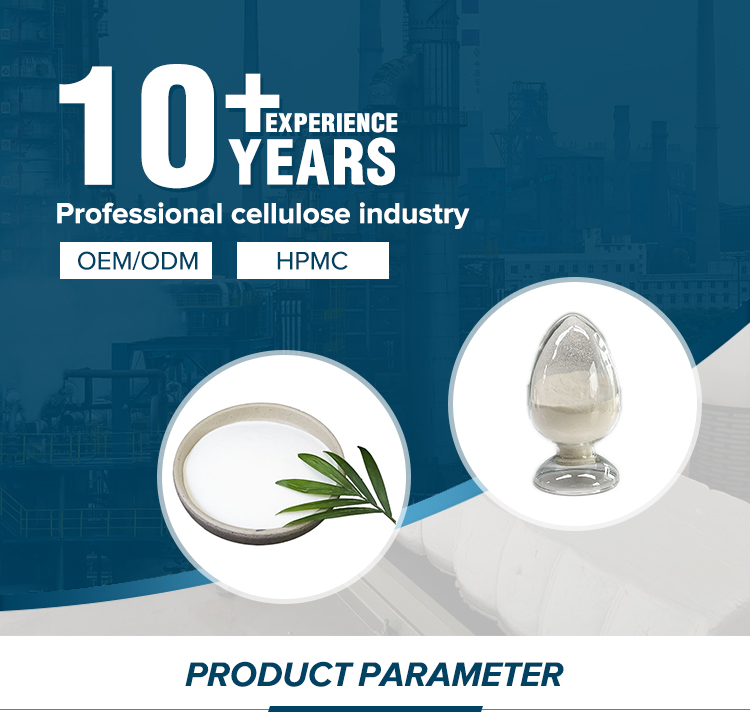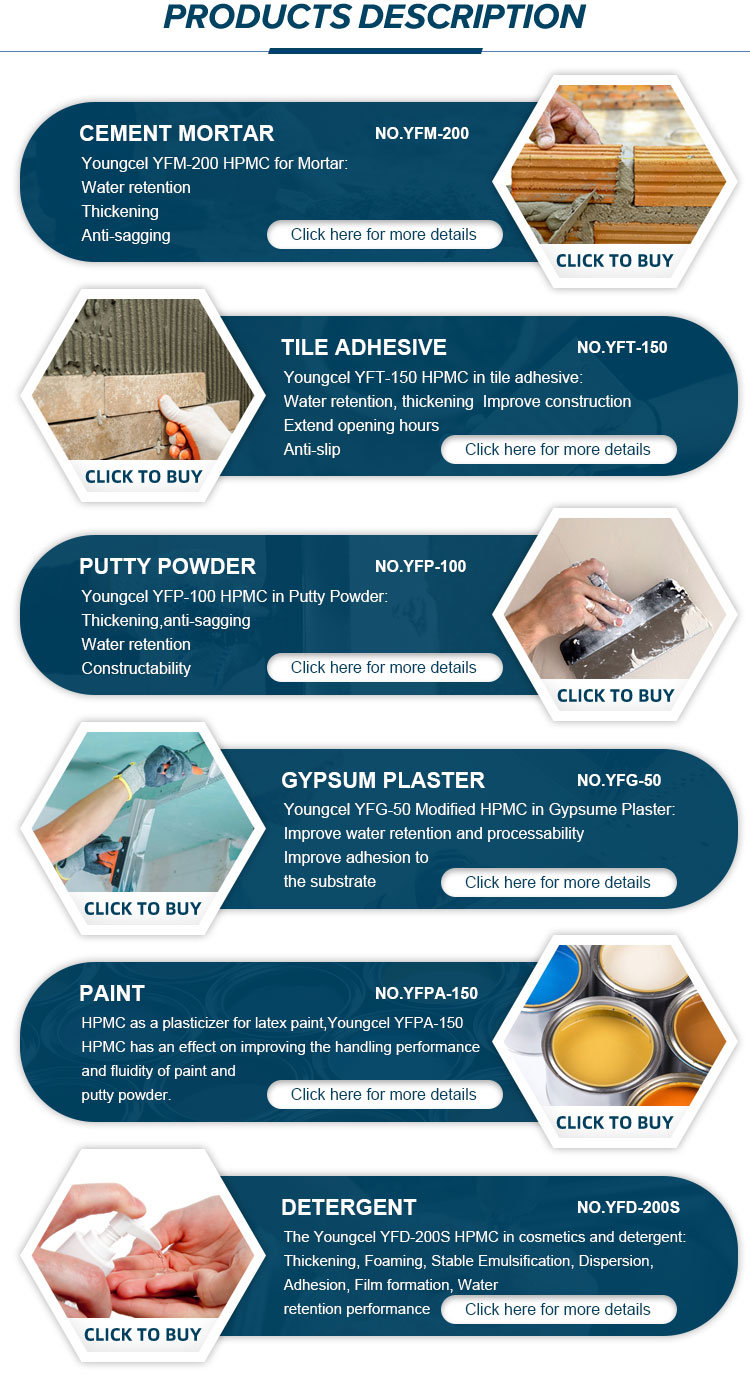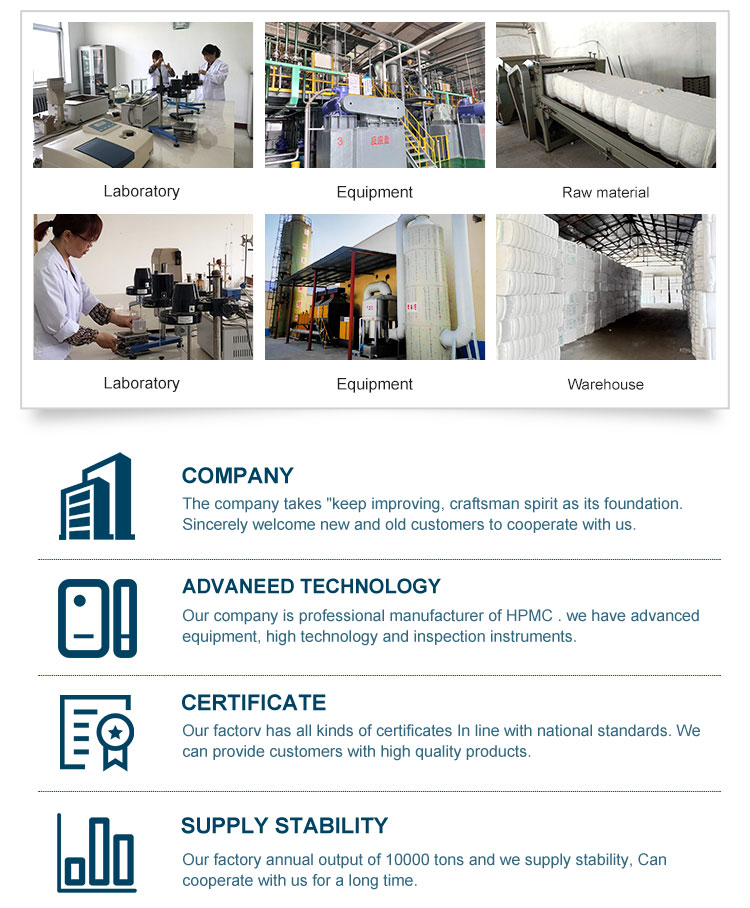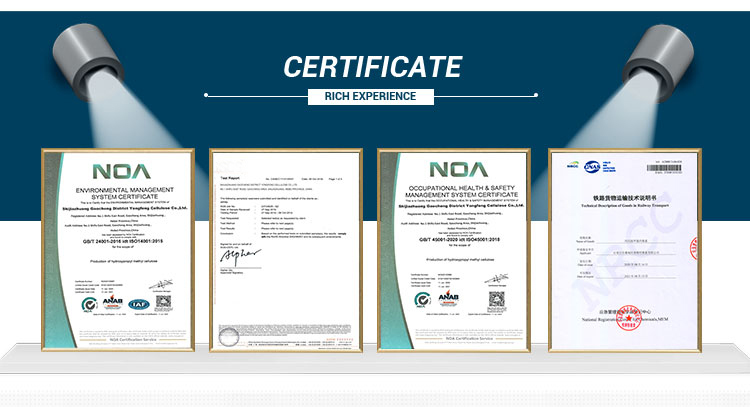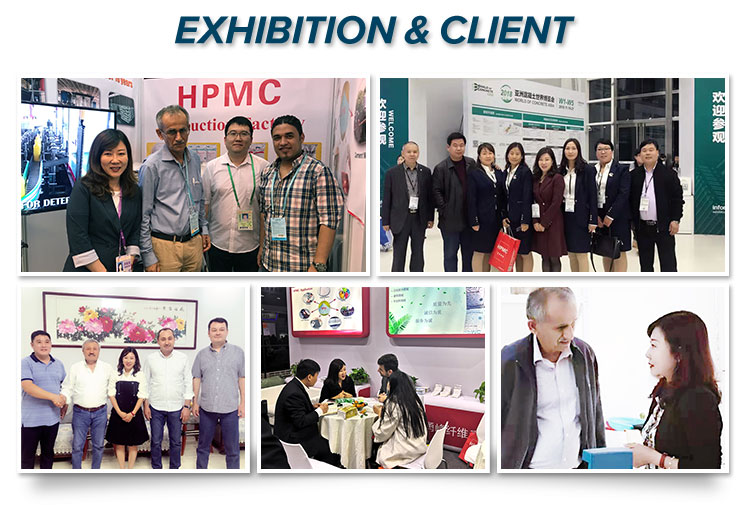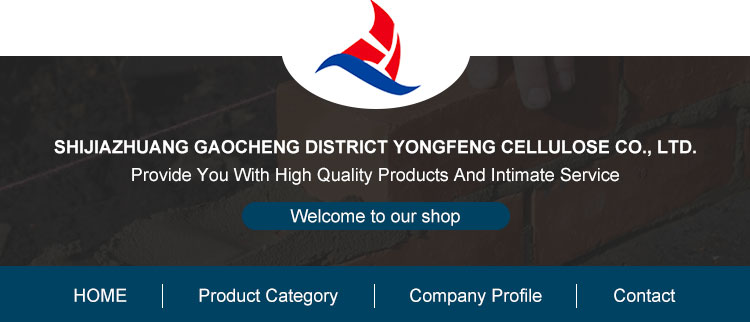Hydroxypropyl methyl cellulose (HPMC), a versatile chemical additive, plays a critical role in modern construction materials, particularly in tile adhesives and plaster formulations. This article provides an in-depth analysis of HPMC's technical specifications, applications, and the company behind its production, Shijiazhuang Gaocheng District Yongfeng Cellulose Co., Ltd.. By exploring its properties and real-world usage, we highlight why HPMC is an essential component in construction industry solutions.
Product Overview
HPMC is a modified cellulose ether derived from high-purity cotton fiber through a specialized etherification process under alkaline conditions. This chemical compound is renowned for its exceptional thickening ability, salt resistance, and water retention properties. As a key ingredient in construction materials, HPMC enhances the workability, adhesion, and durability of cement mortars, ceramic tile adhesives, and refractory coatings.
Key Features of HPMC
- High Water Retention: Ensures consistent hydration and prevents premature drying of cement-based mixtures.
- Excellent Film Formation: Creates a durable, flexible film that improves adhesion to substrates.
- PH Stability: Maintains performance across a wide range of pH levels.
- Low Ash Content: Reduces impurities, ensuring cleaner and more efficient applications.
- Mildew Resistance: Prevents microbial growth in wet environments.
Technical Specifications
| Parameter | Specification |
|---|---|
| Appearance | Milky white or white powder |
| Carbonization Temperature | 280–300% |
| Color Temperature | 190–200% |
| Particle Size | 100 mesh (98.8% pass), 80 mesh (99.9% pass), 40–60 mesh (special specifications) |
| Apparent Density | 0.25–0.70 g/cm³ (typically 0.5 g/cm³) |
| Specific Gravity | 1.26–1.31 |
| Solubility | Soluble in water and certain solvents (e.g., ethanol/water, propanol/water) |
Applications in the Construction Industry
HPMC's versatility makes it indispensable in various construction applications. Below are some of its primary uses:
- Cement Mortar: Enhances workability and cohesion, reducing cracking and improving surface finish.
- Ceramic Tile Cement: Improves adhesion and prevents tile slippage during installation.
- Refractory Coatings: Acts as a suspension agent and fluidity enhancer, improving substrate adhesion.
- Gypsum Coagulant Slurry: Increases water retention and adhesion to substrates, ensuring a smooth application.
- Joint Cement: Added to gypsum board joint cement to improve fluidity and water retention.
Company Background: Shijiazhuang Gaocheng District Yongfeng Cellulose Co., Ltd.
As a leading manufacturer of cellulose-based additives, Shijiazhuang Gaocheng District Yongfeng Cellulose Co., Ltd. has established itself as a trusted supplier in the construction and chemical industries. The company specializes in producing high-quality HPMC and other cellulose derivatives, catering to both domestic and international markets.
Key Company Information:
- Product Classification: Chemical Auxiliary Agent
- Other Names: Methyl hydroxy ether cellulose (MHEC)
- CAS No.: 9004-65-3
- Packing: Net weight: 25 kg
- Type: Cellulose, Chemical Additives, Adhesive, Binder, Dispersant
- Purity: 99%
Why HPMC Matters in Construction
HPMC's unique properties address critical challenges in construction, such as:
- Enhanced Workability: The thickening ability of HPMC ensures easier mixing and application of cementitious materials.
- Improved Adhesion: By increasing the viscosity of the mixture, HPMC promotes stronger bonding between tiles and substrates.
- Reduced Cracking: Its water retention properties prevent rapid drying, minimizing shrinkage cracks in finished surfaces.
- Cost-Effectiveness: HPMC reduces the need for excessive water in mixtures, lowering material costs and improving efficiency.
Industry Standards and Compliance
While the National Institute of Standards and Technology (NIST) focuses on metrology and measurement standards, the construction industry relies on standardized specifications for materials like HPMC. Adhering to these standards ensures consistency, safety, and performance. For example, the NIST Guide to the SI provides foundational guidelines for unit measurements, which indirectly support the precise formulation of chemical additives like HPMC.
Conclusion
Hydroxypropyl methyl cellulose (HPMC) is a cornerstone of modern construction materials, offering unparalleled performance in tile adhesives, cement mortars, and refractory coatings. Its technical specifications, coupled with the expertise of manufacturers like Shijiazhuang Gaocheng District Yongfeng Cellulose Co., Ltd., ensure that HPMC remains a vital component in the industry. As construction demands evolve, HPMC continues to adapt, providing solutions that enhance efficiency, durability, and sustainability.
References
NIST Guide to the SI. National Institute of Standards and Technology. Retrieved from https://www.nist.gov/.
-
Understanding Methyl 2 Hydroxyethyl Cellulose: Uses, Benefits & Industry InsightsNewsNov.24,2025
-
Hydroxyethyl Methyl Cellulose HEMC: Industrial Uses, Benefits & Future TrendsNewsNov.23,2025
-
HEMC Cellulose: Versatile & Sustainable Industrial Polymer | YoungcelNewsNov.23,2025
-
Methyl Hydroxyethyl Cellulose: Versatile Building Block for Industry & SustainabilityNewsNov.23,2025
-
CAS 9032 42 2: Understanding Polyvinyl Alcohol's Impact on Industry & SustainabilityNewsNov.22,2025
-
Hydroxyethyl Methyl Cellulose: Versatile Solutions for Modern Industry and SustainabilityNewsNov.22,2025





